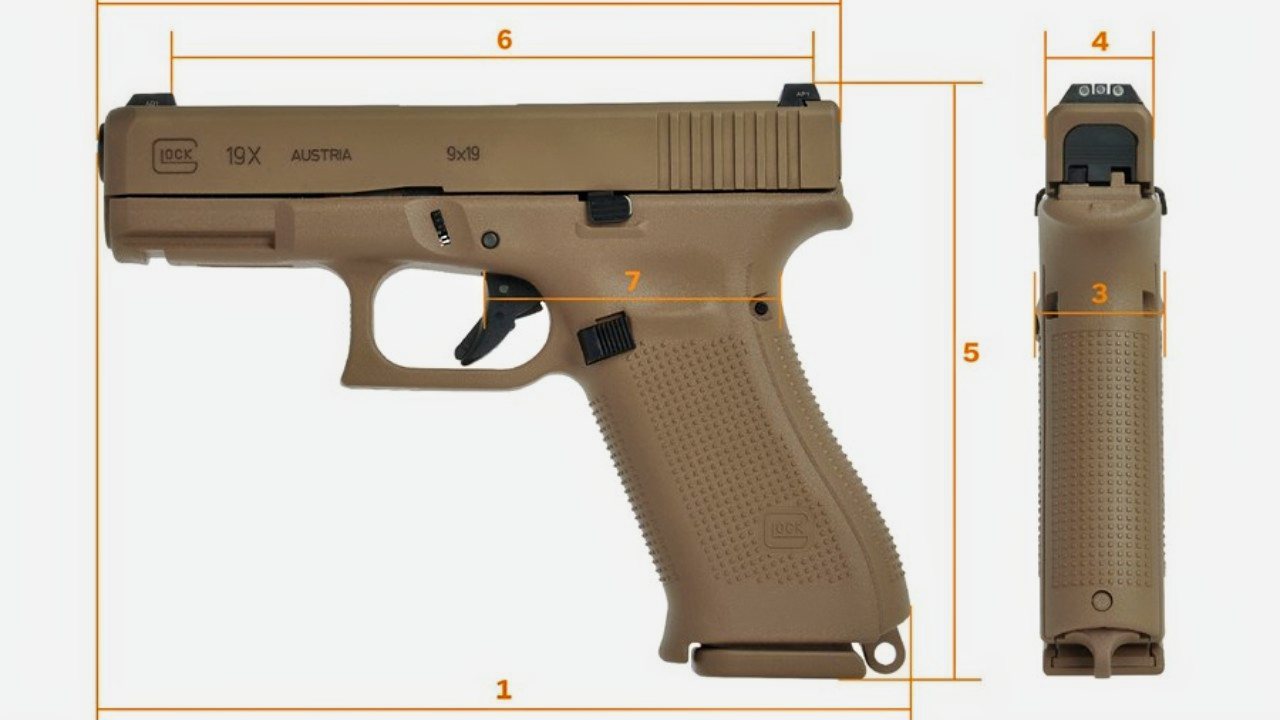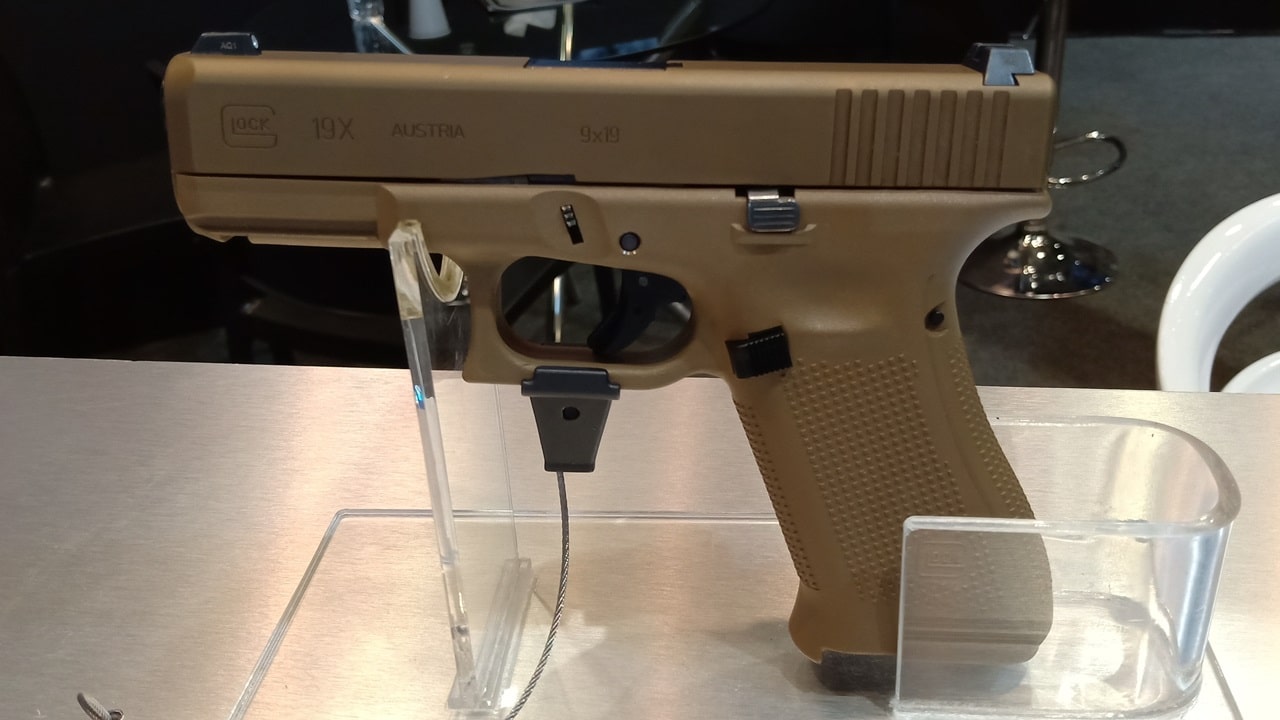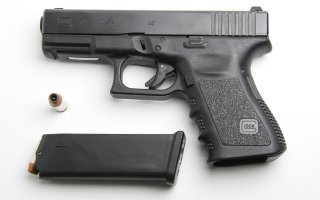Do Glock Guns Jam?
Glock firearms are considered some of the most impressive and reliable ever built. And yet, just like any semiautomatic gun, they can jam for various reasons.
Yes, a Glock gun can jam: As my regular readers know, I’m a big fan of Glock pistols.
Looking beyond the delightful ergonomics and shoot ability, another reason I’m a big-time Glock fanboy is the brand’s extreme reliability and durability.
To reiterate what I have already written, late gun writer and Vietnam War U.S. Army Special Forces veteran Chuck Taylor (R.I.P.) put 10,000 jam-free rounds through his Glock 17.
Then there was the late Paul Palank (R.I.P.), the former Miami PD armorer who subjected the G17 to unbelievable torture tests, like dropping it from a helicopter at an altitude of 400 feet, before approving it for departmental issue.
Long story short, the Glock is the most reliable pistol design ever.
So then, can the Glock actually jam? The short answer, believe it or not, is yes.
The Basics of a Glock Jamming
First of all, as excellent a product as the Glock truly is, it’s still a man-made product, and anything built by human hands can fail.
As Springhill Outfitters points out on its website:
“Any gun can jam, no matter how well it is made, that includes Glock. There are many factors that can cause a gun to jam, such as dirt, dust, or even a simple manufacturing defect. Sometimes, a gun will jam simply because it is old and needs to be replaced…Another common issue is when a round is not fully chambered. This can be caused by a variety of factors, such as an obstruction in the chamber or an incorrect ammunition type being used. Additionally, if the gun's recoil spring is not properly tensioned, this can also cause a jam…Finally, if the gun is dropped, this can potentially dislodge internal parts and cause a malfunction. While these are some of the most common issues that can cause a Glock to jam, it is important to note that any gun can malfunction under the right (or wrong) circumstances.”
Okay, So You Want Specifics? My Personal Glock Experience
Granted, the above-quoted passage can apply to any semiautomatic pistol.
So what specific conditions are likeliest to cause a Glock to jam? For that, let’s turn to Massad F. "Mas" Ayoob, highly respected self-defense guru, law enforcement officer, and founder of the Lethal Force Institute.

In 1990, Mas wrote a groundbreaking three-part cover story for GUNS Magazine discussing both the virtues and vices of the Glock. (At the time the article was written, only the 9mm G17 and G19 were available. Other caliber offerings such as .40 S&W and .45 ACP were still months away from being released to the general public.)
I don’t have the hard copy of the issue anymore, nor can I find it on the Internet archives, so I’m going strictly off memory here, but one thing I clearly remember Ayoob urging readers therein was, “Shoot the Glock with a locked wrist.” (Author’s original emphasis)
That lightweight polymer frame definitely needs to be held steady while the slide goes through its firing cycle, or else the slide and frame will move together and thus cause a malfunction such as a stovepipe jam or a feed failure. Mas went on to point out that his then-preteen daughter shot the G19 without any issues due to her solid Chapman-modified Weaver Stance, but he added that he’d seen hulking, large-statured males jam the gun by limp-wristing it.
A Glock Jammed on Me
Well, lo and behold, a month after reading that article, my own humbling experience at the range drove Ayoob’s points home for me.
I was 15 years old at the time, with exactly one year of shooting experience under my belt, but I hadn’t yet been properly schooled on the three most widely accepted two-handed handgun shooting stances, namely the Classic Weaver, the aforementioned Chapman-modified Weaver, or the Isosceles Stance. So it was with blissful ignorance that on that fine October 1990 day, I went off to good ol’ Los Angeles Gun Club in Downtown L.A. and rented a G17. Sure enough, I could barely fire three rounds through the thing without some kind of malfunction. I went to one of the range attendants to kvetch.

So the range attendant accompanied me back to the firing line and asked to observe my firing technique. Within 15 seconds – if that – he diagnosed the problem: “It’s not the gun, it’s you! Lock your wrist!” From there he demonstrated a proper Isosceles Stance and fired a full magazine through the pistol without a hitch.
Appropriately humbled, I took the guy up on his advice, and sure enough, the Glock ran fine from there. Problem solved.
Lesson learned – a lesson I judiciously applied when I finally became a Glock owner for the first time, purchasing a Glock 36 in .45 ACP, in 2002.
About the Author
Christian D. Orr has 33 years of shooting experience, starting at the tender age of 14. His marksmanship accomplishments include: the Air Force Small Arms Ribbon w/one device (for M16A2 rifle and M9 pistol); Pistol Expert Ratings from U.S. Customs & Border Protection (CBP), Immigration & Customs Enforcement (ICE), and the Federal Law Enforcement Training Center (FLETC) Criminal Investigator Training Program (CITP); multiple medals and trophies via the Glock Sport Shooting Foundation (GSSF) and the Nevada Police & Fires Games (NPAF). Chris has been an NRA Certified Basic Pistol Instructor since 2011.


